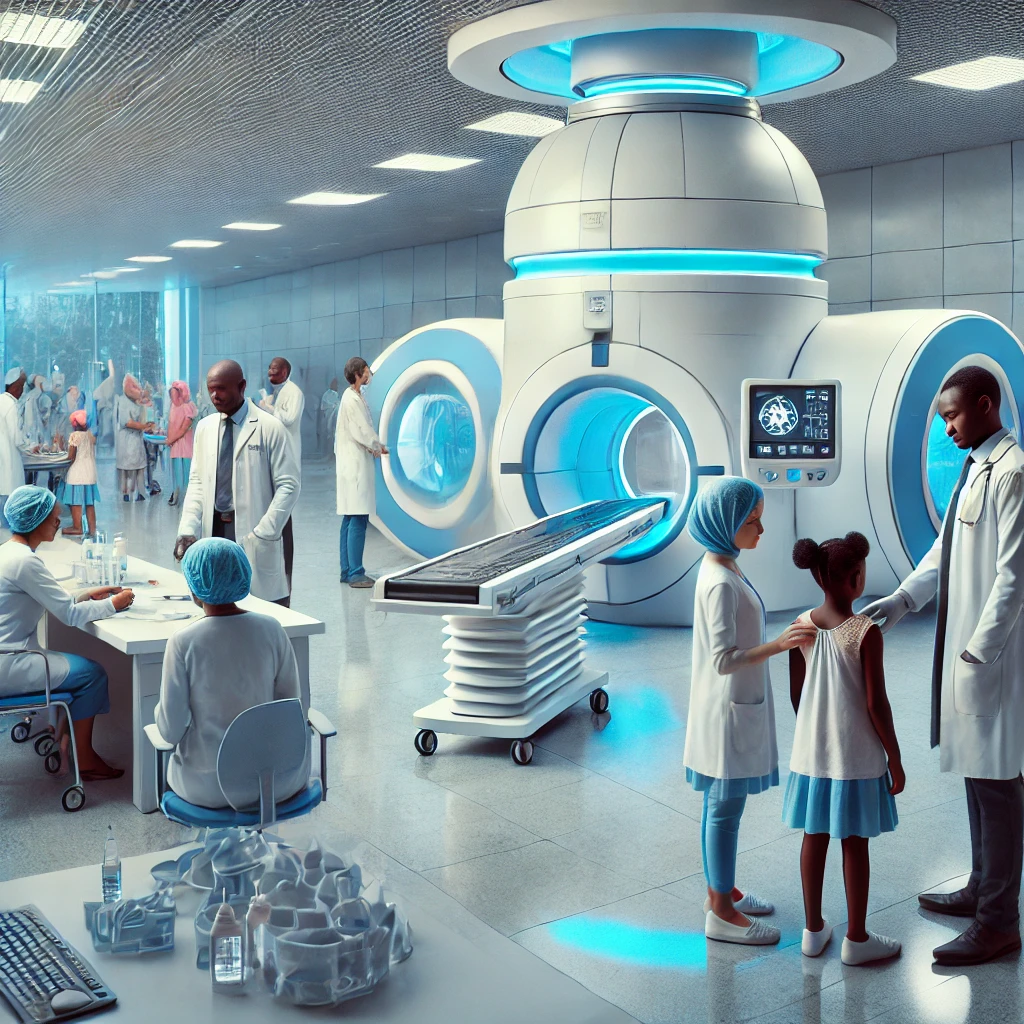IAEA and EFOMP Deepen Medical Physics Cooperation to Boost Cancer Care
EFOMP will collaborate closely with the IAEA’s Human Health Programme to support Europe’s Rays of Hope Anchor Centres, which serve as hubs of expertise and training for surrounding cancer treatment facilities.

The International Atomic Energy Agency (IAEA) and the European Federation of Organisations for Medical Physics (EFOMP) have reinforced their long-standing collaboration with a new agreement that aims to enhance the safe, effective, and equitable use of ionizing radiation in medical diagnosis and treatment. The renewed partnership underscores the shared goal of advancing quality assurance, education, and capacity building in medical physics across Europe and beyond.
The agreement was signed during the International Conference on Advances in Radiation Oncology, further cementing the role of both institutions in global efforts to improve cancer care and ensure access to safe radiation-based medical services.
A Strategic Alliance for Safer, More Effective Radiation Medicine
“Countries across the globe are rapidly expanding their radiation medicine capacities to address the growing burden of both communicable and non-communicable diseases,” said Najat Mokhtar, IAEA Deputy Director General and Head of the Department of Nuclear Sciences and Applications. “Quality assurance is essential to ensure that this care is timely, effective, and of the highest quality.”
The IAEA-EFOMP agreement builds upon a legacy of collaborative initiatives that date back over 15 years. It reaffirms both parties’ commitment to advancing clinical training, standard setting, and professional development in the use of ionizing radiation for medical purposes.
EFOMP: A Pan-European Force for Medical Physics
EFOMP represents over 10,000 medical physicists and clinical engineers through its network of 37 national member organizations. With a focus on harmonizing professional standards and advancing the field of medical physics, the organization plays a critical role in applying physics to benefit patients, healthcare providers, the public, and even planetary and space medicine.
EFOMP President Efi Koutsouveli expressed enthusiasm for the renewed agreement:
“I was delighted to sign this new agreement with the IAEA, reaffirming our shared commitment to equitable, high-quality healthcare. Guided by the principle of ‘leaving no one behind,’ our work will ensure more patients benefit from safe radiation-based diagnosis and treatment.”
Collaborative Track Record and Future Plans
Since 2008, the IAEA and EFOMP have cooperated on numerous initiatives, including:
-
Joint training courses, many held in partnership with the Abdus Salam International Centre for Theoretical Physics (ICTP) in Trieste, Italy.
-
Expert contributions from EFOMP to the IAEA’s Human Health Programme, including support in drafting critical guidance documents.
-
Promotion of the IAEA’s QUATRO (Quality Assurance Team in Radiation Oncology) methodology, which offers a proven model for improving standards in radiotherapy clinics.
Under the new agreement, both organizations will expand collaboration in several key areas over the next three years, including:
-
Co-developing clinical training and assessment materials
-
Producing guidance documents on best practices in medical physics
-
Creating educational content to strengthen regional and global capacity-building efforts
Targeting Cancer Care Through ‘Rays of Hope’
A cornerstone of the renewed partnership is a joint commitment to supporting the IAEA’s flagship Rays of Hope initiative—a program aimed at expanding access to diagnostic imaging, nuclear medicine, radiation oncology, and medical physics in underserved regions.
EFOMP will collaborate closely with the IAEA’s Human Health Programme to support Europe’s Rays of Hope Anchor Centres, which serve as hubs of expertise and training for surrounding cancer treatment facilities. These anchor centres are envisioned as regional catalysts for cancer care improvement, especially in countries where access remains limited.
Through these efforts, EFOMP and the IAEA aim to ensure that no patient is left behind, regardless of geography or economic status.
Medical Physics: A Critical Pillar in Modern Healthcare
Medical physicists are indispensable to the safe use of radiation in healthcare. Their work spans treatment planning in radiation oncology, optimization of diagnostic imaging, development of radiation protection protocols, and support for advanced technologies such as proton therapy and theranostics.
By aligning their strategies, the IAEA and EFOMP are helping to ensure that medical physics continues to evolve in ways that promote quality, safety, innovation, and equity—meeting the challenges of modern healthcare systems while protecting patients and practitioners alike.










